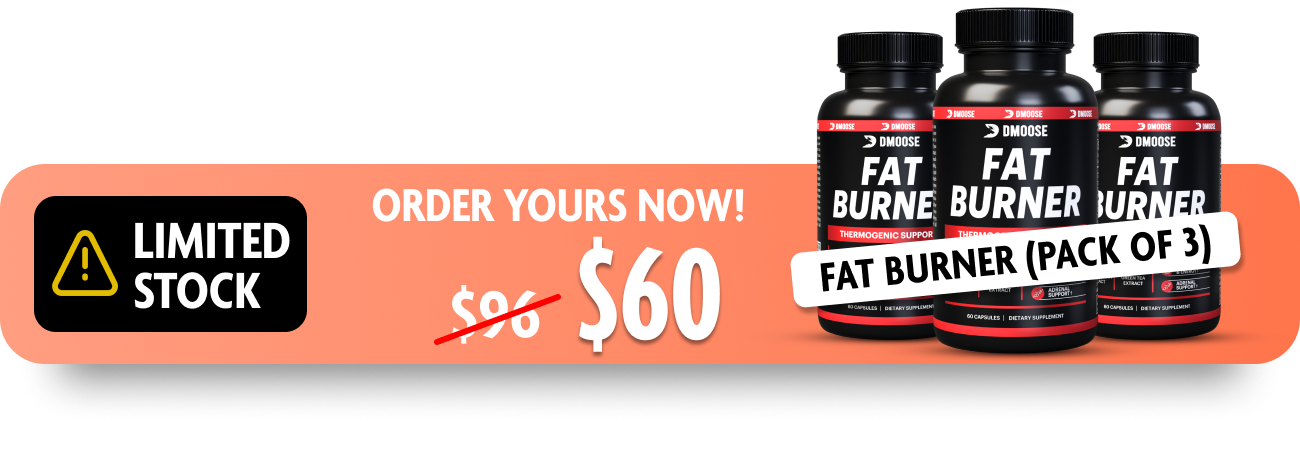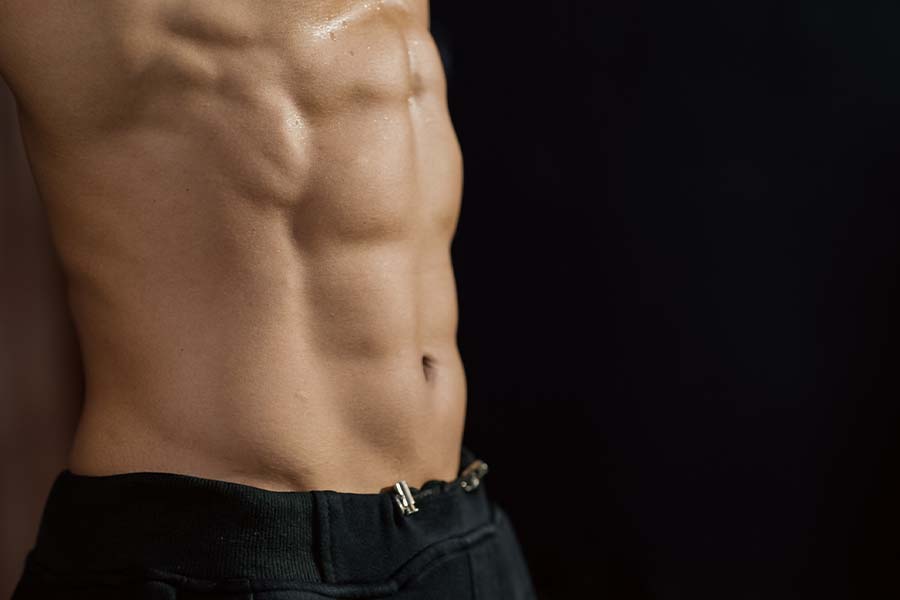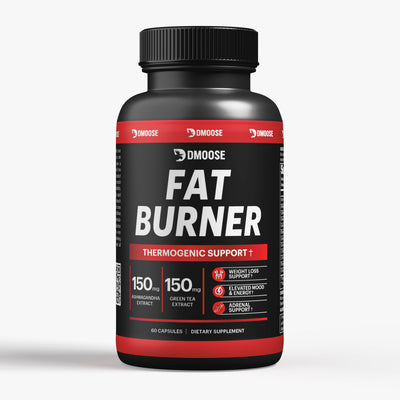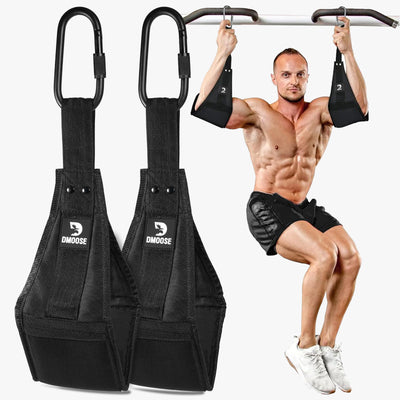Seeing abs isn’t just about endless crunches; it’s about hitting the right body fat percentage. You might be training hard, eating clean, and staying consistent, yet those abs still seem to hide beneath the surface.
That’s because visible abs depend more on your body composition than just core workouts. So, what’s the magic number?
To speed up fat loss and support your training, consider adding a thermogenic fat burner to your routine.
In this guide, we’ll break down the body fat ranges where abs typically appear, how those ranges differ for men and women, and what it really takes to get there.
If you’re ready to uncover the truth behind shredded physiques, let’s dive in.
What Is Body Fat Percentage?

Body fat percentage is the measure of how much fat you carry compared to your total body weight. Unlike the scale or BMI, it gives a clearer picture of your body composition and overall fitness.
It can be measured using tools like a body fat calculator, skinfold calipers, or more advanced methods like bioelectrical impedance or DEXA scans.
Healthy ranges differ based on gender and age. Men usually have lower body fat than women, and levels tend to rise as muscle mass decreases with age. Keeping your percentage in check is important, as excess fat is linked to heart disease, diabetes, and other health risks.
To stay healthy and fit, aim to maintain a balanced body fat percentage through regular exercise and smart nutrition.
What Body Fat Percentage Do You Need to See Abs?
Abs usually become visible around 10–12% body fat for men and 18–22% for women. However, maintaining this level can be challenging, as it requires strict nutrition, consistent training, and a disciplined lifestyle. It’s achievable, but not always easy to sustain year-round without careful planning.
What Body Fat Percentage Is Healthy?
Body fat plays a key role in protecting organs, regulating hormones, and storing energy. But when levels go too high or too low, health risks follow. Excess fat can lead to heart disease, diabetes, and high blood pressure, while too little can impact hormone balance, energy, and immune function. That’s why maintaining a balanced body fat percentage is essential. In fact, obesity takes a greater toll than once thought.
Healthy Body Fat Percentage for Men
For most men, a healthy body fat percentage falls between 10% and 20%. This range supports overall health, performance, and energy levels. While athletes may dip below 10%, it’s not necessary for the average man to stay that lean. Staying within this range helps reduce health risks without compromising strength or stamina.
Healthy Body Fat Percentage for Women
Women naturally carry more body fat than men due to hormonal differences and biological functions like fertility. A healthy body fat percentage for women typically falls between 18% and 28%, depending on age, activity level, and overall health.
Having a higher body fat percentage doesn't automatically mean poor health. In fact, women need more fat for hormonal balance, reproductive health, and energy regulation. What matters most is staying within a range that supports both function and well-being.
Age-Based Body Fat Percentage Chart for Men and Women
According to the American Council on Exercise, healthy body fat percentages vary with age, and it's important to adjust expectations accordingly.
Age Group (20-29 years):
|
Category |
Men |
Women |
|
Dangerously Low |
Under 8% |
Under 14% |
|
Excellent |
8-10.5% |
14-16.5 % |
|
Good |
10.6-14.8% |
16.6-19.4% |
|
Fair |
14.9-18.6% |
19.5-22.7% |
|
Poor |
18.7-23.1% |
22.8-27.1% |
|
Dangerously High |
>23.2% |
>27.2% |
Age group (30-39 years):
|
Category |
Men |
Women |
|
Dangerously Low |
Under 8% |
Under 14% |
|
Excellent |
8-14.5% |
14-17.4% |
|
Good |
14.6-18.2% |
17.5-20.8% |
|
Fair |
18.3-21.3% |
20.9-24.6% |
|
Poor |
21.4-24.9% |
24.7-29.2% |
|
Dangerously High |
Over 25% |
Over 29.2% |
Age Group (40-49 years):
|
Category |
Men |
Women |
|
Dangerously Low |
Under 8% |
Under 14% |
|
Excellent |
8-17.4% |
14-19.8% |
|
Good |
17.5-20.6% |
19.9-23.8% |
|
Fair |
20.7-23.4% |
23.9-27.6% |
|
Poor |
23.5-26.6% |
27.7-31.9% |
|
Dangerously High |
Over 26.7% |
Over 31.3% |
Age Group (50-59 years):
|
Category |
Men |
Women |
|
Dangerously Low |
Under 8% |
Under 14% |
|
Excellent |
8-19.1% |
14-22.5% |
|
Good |
19.2-22.1% |
22.6-27% |
|
Fair |
22.2-24.6% |
27.1-30.4% |
|
Poor |
24.7-27.8% |
30.5-34.5% |
|
Dangerously High |
Over 27.9% |
Over 34.6% |
Age Group (60 and above 60 years):
|
Category |
Men |
Women |
|
Dangerously Low |
Under 8% |
Under 14% |
|
Excellent |
8-19.7% |
14-23.2% |
|
Good |
19.8-22.6% |
23.3-27.9% |
|
Fair |
22.7-25.2% |
28-31.3% |
|
Poor |
25.3-28.4% |
31.4-35.4% |
|
Dangerously High |
Over 28.5% |
Over 35.5% |
Related Article: How to Measure Body Fat Using Callipers
Types of Body Fats
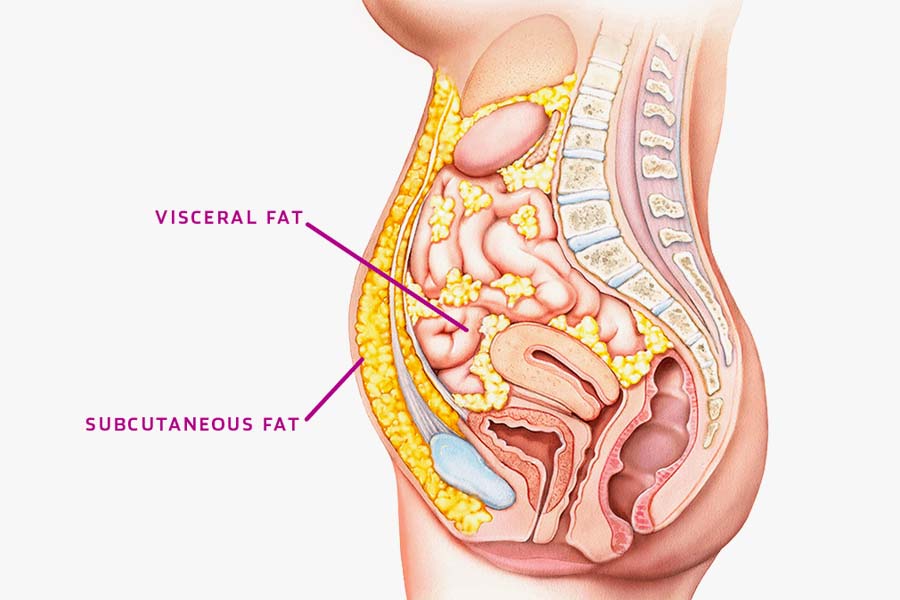
Body fat is often seen as the obstacle to a well-defined physique, especially when aiming for six-pack abs. While excess fat can reduce muscle visibility, it’s important to understand that not all body fat is the same. Each type has a different function and impact on both health and appearance. Here's a look at the major types of body fat and how they affect your goal of achieving visible abs.
Subcutaneous Fat
Subcutaneous fat is located directly beneath the skin. It’s the most noticeable form of fat and is often responsible for love handles, belly softness, and stubborn fat around the waist.
Although it might seem like a major barrier to visible abs, subcutaneous fat is not especially harmful when kept within a healthy range.
In fact, it provides insulation and helps cushion vital organs, serving a functional role in overall health.
Visceral Fat
Visceral fat is stored deep within the abdominal cavity and surrounds important organs such as the liver, pancreas, and intestines.
This is the most harmful type of fat because it’s linked to serious health risks like heart disease, stroke, and type 2 diabetes.
It also causes the abdomen to protrude outward, making it harder to reveal abdominal muscles even if they are well-developed. Visceral fat tends to be more common in men and can significantly affect both aesthetics and health.
Intramuscular Fat
Intramuscular fat is stored between and within muscle fibers. It acts as a backup energy source during long or intense workouts, especially in endurance sports.
However, when intramuscular fat levels are too high, it can blur muscle definition. This may reduce the sharpness of your abs, even if you have strong underlying muscles. It’s more common in people with low physical activity and tends to increase with age.
Balancing this fat through regular strength training and cardiovascular exercise can help maintain muscle clarity while supporting performance.
Brown Fat
Brown fat is a calorie-burning type of fat that generates heat through thermogenesis. Unlike white fat, it doesn’t store energy but instead helps the body regulate temperature and metabolism.
Brown fat is usually located in areas such as the neck, shoulders, and upper back. It rarely accumulates in the abdominal region and does not interfere with visible abs.
In fact, having more active brown fat may help support long-term fat loss by increasing energy expenditure, although its levels are largely influenced by genetics and environmental factors.
White Fat
White fat is the most abundant fat in the body. It stores excess calories and helps regulate hormones, but when it builds up too much, it leads to obesity and increases the risk of conditions like diabetes and cardiovascular disease.
This fat sits above the abdominal muscles and blocks them from view, making it the primary barrier to achieving visible six-pack abs.
Each type of fat plays a different role in the body, but visceral fat has the greatest impact on both health and physique. Reducing overall fat through proper nutrition, consistent exercise, and active lifestyle habits is the most effective way to improve definition and long-term wellness.
The Role of Genetics in Fat Storage
Genetics significantly influence where your body stores fat and how easily it burns it. This directly impacts the body fat percentage at which your abs become visible. For example, if your body tends to store more fat in the hips or thighs, your abs may appear at a slightly higher percentage. On the other hand, if you store fat around the midsection, you may need to reach a lower percentage to see abdominal definition clearly.
In addition to genetics, lifestyle habits such as sleep quality and stress management also affect fat distribution. Poor sleep and high stress can disrupt hormones like ghrelin, leptin, and insulin, which regulate hunger, energy balance, and fat storage.
One study found that sleeping fewer than seven hours per night was associated with higher risks of weight gain and obesity. Hormonal imbalances from sleep deprivation can lead to increased appetite and reduced metabolic efficiency.
Similarly, another study linked high stress levels, marked by elevated glucocorticoid activity, with greater abdominal fat accumulation.
Lastly, regardless of genetics or lifestyle, consistently consuming more calories than you burn will lead to fat gain, further reducing ab visibility over time. Balancing sleep, stress, and nutrition is essential for achieving and maintaining a lean, defined core.
Conclusion
The body fat percentage needed to see abs can vary depending on gender, age, and overall body composition. On average, men typically need to reach around 10% or lower, while women usually need to drop to about 16% or lower for abs to become visible.
However, reducing body fat alone isn’t enough. Developing well-defined abs also requires building core muscle through consistent strength training. Movements like planks, leg raises, and weighted core exercises play a key role in shaping your midsection.
Pairing smart training with a balanced, nutrient-rich diet is essential for lowering body fat safely and effectively. Aim for long-term consistency, realistic expectations, and a focus on overall health, not just aesthetics. Visible abs are the result of smart habits, not shortcuts.

